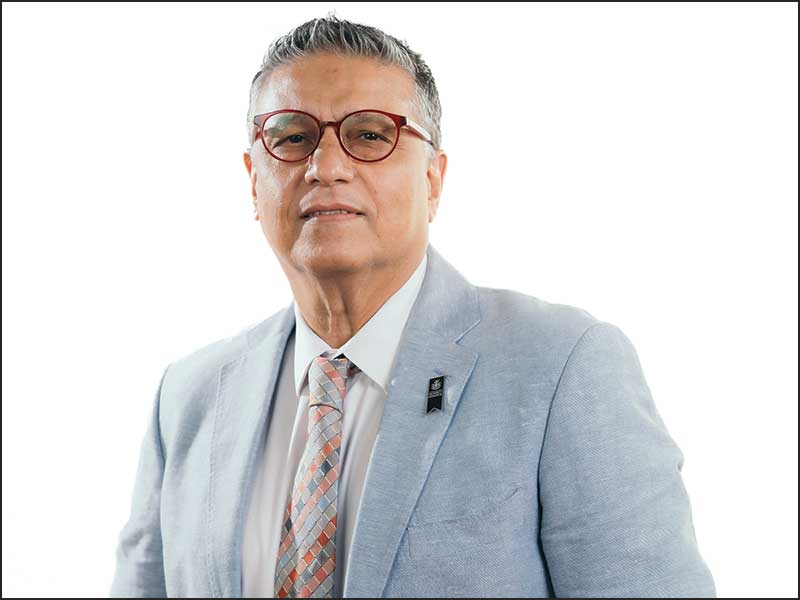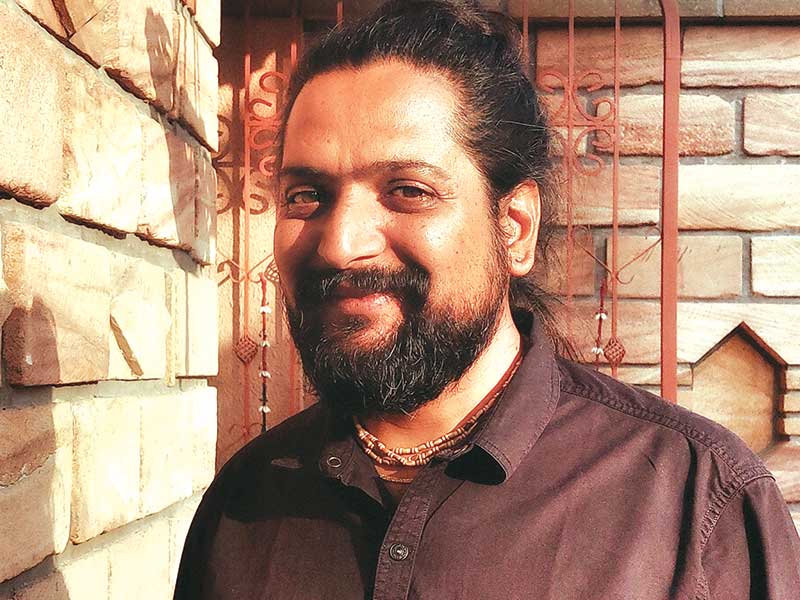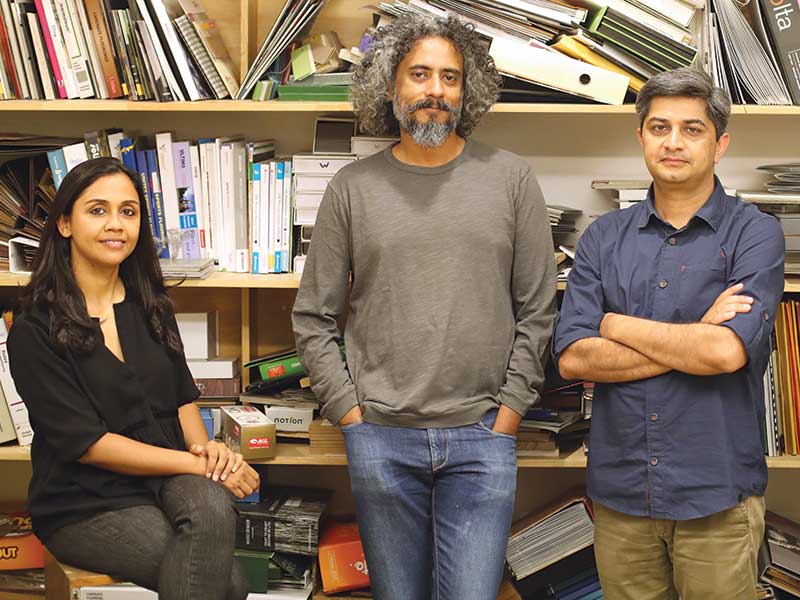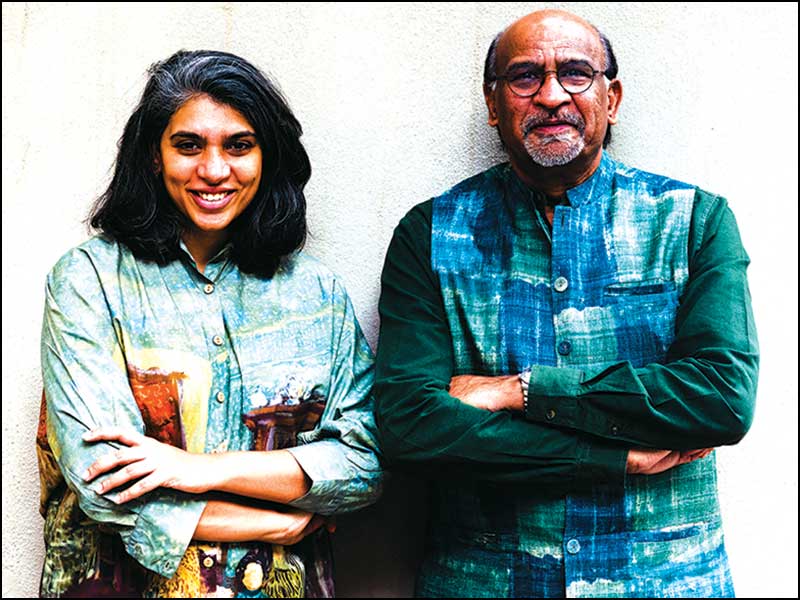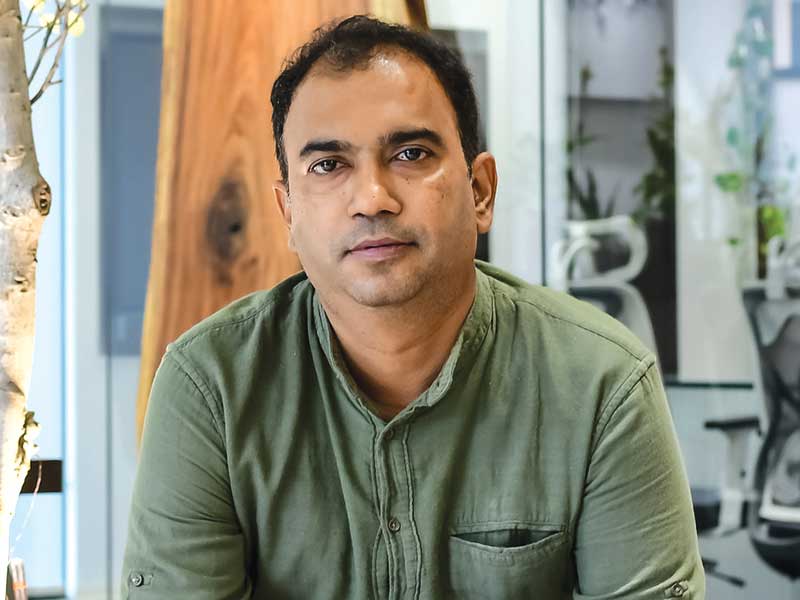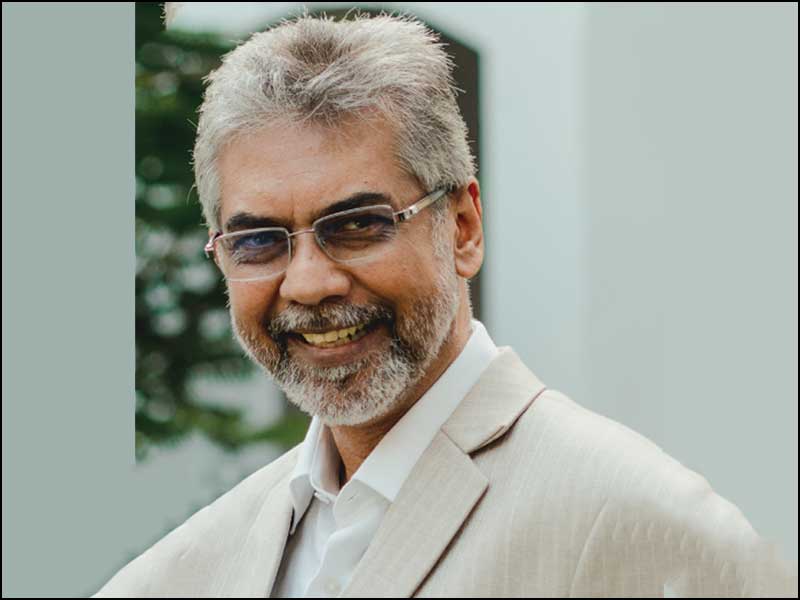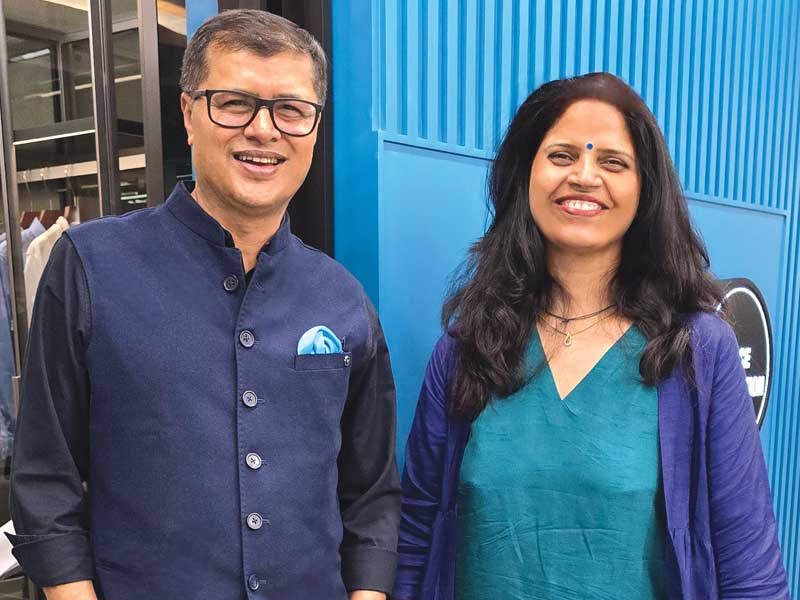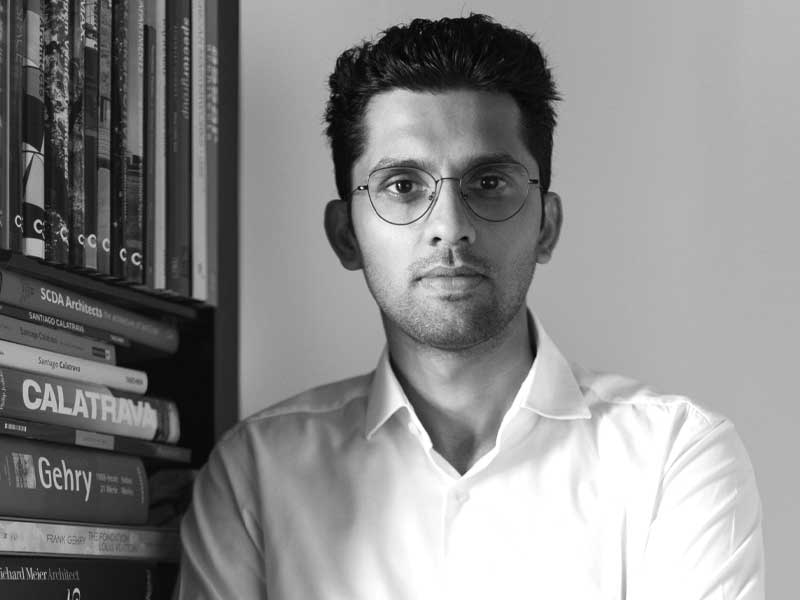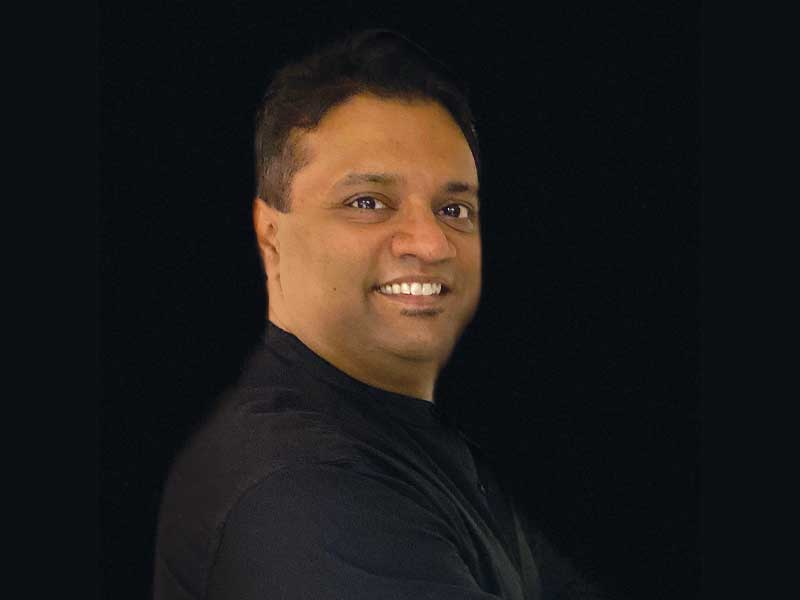
The industrial and technological influences launched this century which was rooted in economic and cultural change. Hence the architects in the century did not consider environmental impact or the psychological effect on people in workplaces or city dwellers and the impact on their social behavior. Committed to formalist set of ideas which were divorced from an ecological understanding, architecture has forfeited its richest source of ideas, caused incalculable environmental damage, and failed to communicate the very primary objective to serve.
Too often the problem with the so called “Green Architecture” is the conflict of having a strong sense of ecological design principles versus sometimes a failure to convert it into an equivalent artistic impression. The coming years is a preface for revised thinking about the relationship between building design and construction and the environment that may lead to a revolutionary transformation that may ultimately change the way we live.
The purpose of the built environment cannot be compartmentalized into the ïsms” or the ecological paradigm, from which we pick and choose to construct. There seems to be no human enterprise in this world that is not based on the premise of Man’s dominance over the earth and the delusion of the right to clog rivers, pollute the air, or poison the soil. What we call as a delusion has become a part of the spirit, human nature and culture, where the realization of this interdependency is lost, the questioning is absent, the CHOICE forgotten. While some fragmented and persisted efforts are being made by various organizations in the form of rating systems, the society and culture at large has moved in the other direction. We still need to be convinced either through incentives or reasoning to choose a lifestyle that is less damaging, socially or culturally or environmentally. Until this Choice is a way of life, any progress made in this direction through architecture will be in isolation.
The works of architects like Charles Correa, B.V. Doshi, Laurie Baker, Anil Laul, etc have set a strong precedence to a philosophy of architecture that would impact the way we live, echoing the words of Winston Churchill – “We shape our buildings, thereafter they shape us”.
This is the age when the subject of Green Architecture has been dealt with as though it was simply one more set of problems to be resolved through advanced technology. While obviously the goal of sustainability can be strengthened through environmentally progressive solutions, however they tend to isolate the larger objective. This namely calls for a commitment by societies everywhere to unite in a common cause, otherwise it will serve only as a remedial mechanism not addressing the deeper conflicts caused by a collective state of denial. Whether we use the mechanism of choice or enforcement, if individually not ingrained in the societal values there will always be reasons, excuses, gaps and violations.
Education and family has always been instrumental in shaping our societies. This cultural change can be influenced through our educational systems not at the level of an architecture college but right from years of initiation into schools. Thereby continuing the same value systems into our homes and living wherein our social and cultural values are embedded. Thereafter no enforcement is needed; right from the client who aspires to fund and build, the architect as the designer and the contractor who executes. Even the user who operates shall be in tandem with the same value systems, thereby it is becoming a way of life of which sustainable buildings is a part of.
The coming years is a preface for revised thinking about the relationship between building design and construction and the environment that may lead to a revolutionary transformation and ultimately change the way we live
I admire...
One of the most admirable projects is Eco villages of GAIA which is a Danish based charitable association founded in 1987 on the initiative of Ross and Hildur Jackson. Gaia Trust’s strategy has always been two-pronged with yin and yang components. The yin component was to support the ecovillage movement through grants, while the yang component was to invest its capital in “green” startup companies that would complement the grants policy, creating jobs and promoting more sustainable businesses.
The primary objective has always been to promote sustainability as a way of life in society, lifestyle community which ultimately forms a common social goal. The key to these is the societal size, which is restricted to a small village. The small numbers of people automatically encourages people to be socially more active and welcoming, growing discovering and sustaining a common goal. Whereas the cities have so much of forced social interaction through sheer numbers on streets, in community, in transit or at work that the presence of people may sometimes seem more intrusive than welcoming. This more than often leads us to take runaway vacations always searching for connections missing in the urban environments.

